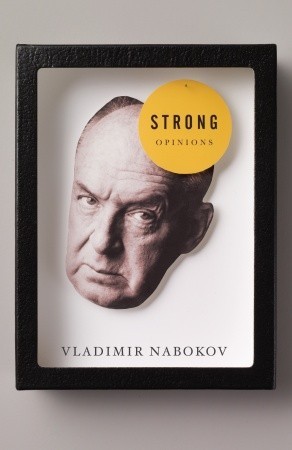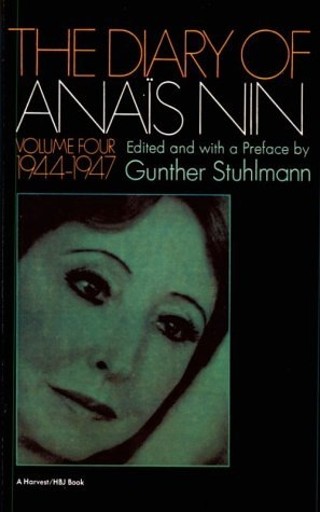Den Extrembergsteiger Reinhold Messner und den Schriftsteller Christoph Ransmayr verbindet seit 25 Jahren eine Freundschaft. Ein Gespräch über gemeinsame Reisen, erfrorene Schmetterlinge und die Sehnsucht nach Grenzerfahrung.
SZ-Magazin: Herr Messner, Herr Ransmayr, Sie sind seit 25 Jahren befreundet. Wie haben Sie beide sich kennengelernt?
Christoph Ransmayr: 1989 hat mir Reinhold einen Brief geschrieben, der mich gefreut, aber auch verlegen gemacht hat. Er hatte mein Buch Die Schrecken des Eises und der Finsternis gelesen und lud mich ein, seine Expedition zum 8500 Meter hohen Lhotse zu begleiten. Da musste ich die Karten auf den Tisch legen und sagen, ich komme zwar auch aus einer Berggegend, aber ich bin kein Höhenbergsteiger, auch kein Eiswanderer oder Abenteurer.
Reinhold Messner: Ich weiß noch, ich bereitete gerade meine Antarktisdurchquerung vor. Eine neue Welt für mich: keine Berge, nur Eis und Kälte. Dementsprechend kamen Ängste, Zweifel auf. Da drückte mir jemand dieses Buch in die Hand, das mich mächtig aufgewühlt hat. Ich dachte: Wenn Eiswandern so schlimm ist, wie darin beschrieben, mache ich die Reise besser nicht. Aber ich wollte diesen Autor kennenlernen. Ich dachte, Christoph sei die Romanfigur Mazzini, der nach Spitzbergen geht und sich dort auf den Spuren der berühmten Payer-Weyprecht-Expedition in der Wildnis verliert.
Und dann sagt Ihnen dieser Autor, dass er nie im Franz-Josef-Land gewesen war, wo das Buch spielt. Waren Sie nicht enttäuscht?
Messner: Ich war sprachlos und konnte es nicht fassen. Vor allem die Stellen, in denen der Alpinist und Entdecker Julius von Payer zitiert wird, den es ja wirklich gegeben hat, hatten mich beeindruckt. Ich habe dann Payers Bücher noch mal durchgekaut – und keine so guten Passagen gefunden. Also habe ich Christoph gefragt, wo hast du diese Passagen her? Da hat er mir erzählt, dass er sie leise umgearbeitet hatte. Das ist Christophs Stärke. Das kann nur der Dichter. Die meisten Bergbücher sind ja unlesbar, weil darin Menschen wie Roboter einen Berg rauf und wieder runter gehen und dabei Zelte aufbauen. Der Dichter kommt mit seinen Bildern viel näher an die Wahrheit heran.
Aber waren Ihnen die Fakten nicht immer besonders wichtig, Herr Messner?
Messner: Ach, die Fakten! Machen wir uns nichts vor: Ich kann doch gar nicht wissen, was mein Gedächtnis behält und was es wegwischt. Oft ist die erfundene Geschichte wahrer als die Tatsache. Verdichten ist Reduktion auf das Wahre.
Wie darf man sich die Freundschaft zwischen einem Extrembergsteiger und einem Dichter vorstellen?
Ransmayr: Die Welt oder das, was man von ihr erfahren will, wird durch den anderen vielschichtiger, vollständiger. Für mich waren die Gespräche mit Reinhold manchmal, als ob ich mit den Vorbildern meiner Romangestalten – Payer und Weyprecht oder auch jemandem wie Shackleton oder Amundsen – reden würde.
Messner: Wir sind miteinander im Gebirge unterwegs. Wir treffen uns regelmäßig und reden über alles Mögliche. Und nach der zweiten Flasche Rotwein kommen wir auf gute Ideen.
Ransmayr: Irgendwann sind wir auch gemeinsam über die Inseln des Franz-Josef-Archipels gewandert, durch eine Gletscherlandschaft, von der ich da und dort das Gefühl hatte, sie sei meine Erfindung, weil ja mein Roman in dieser hocharktischen Wildnis spielt. Wir waren zusammen im Himalaja, in Brasilien, in Indochina, Südostasien, auf der arabischen Halbinsel, auch in der Südsee, aber nie in jenen Höhen, in denen Reinhold seine Alleingänge gewagt hat.
Was hielt Sie davon ab?
Ransmayr: Diese Höhen würde ich nicht überleben, weil mir dafür nicht nur die Kraft und die notwendigen Eignungen, sondern auch die Leidensfähigkeit fehlen.
Messner: Inzwischen ist er ein ganz passabler Berggeher.
Ransmayr: Ich habe durch ihn eine Welt wiederentdeckt, von der ich damals dachte, sie läge seit Langem hinter mir: die Berge. Als er mich einlud, mit ihm über die alte Payer-Route auf den Ortler zu gehen, war ich überzeugt, dass das meine Möglichkeiten übersteigen würde. Ich habe mich dann auf den Bergen meiner Kindheit im oberösterreichischen Salzkammergut vorbereitet, im Höllengebirge und im Toten Gebirge. Ich ging dabei in meine eigene Geschichte zurück und nahm so einen Faden wieder auf, der in meinem Leben lange nur lose herumgeflattert war.
Wie wichtig ist echte Erfahrung für einen Schriftsteller?
Ransmayr: Es ist doch Geschwätz zu sagen, die wahren Abenteuer fänden im Kopf statt. Ohne die Erfahrung, die ein Mensch in der Welt tatsächlich gemacht hat, gibt es keine Gedanken und kein Gedankenspiel, gibt es keine Träume, keine Fantasien. Welt heißt dabei natürlich auch zwischenmenschliche Erfahrung, nicht nur das Erlebnis in der Höhe, in der Wüste, der Einsamkeit. Irgendwann muss sich jemand hinausgewagt und vielleicht sogar sein Leben aufs Spiel gesetzt haben, um Bilder, Empfindungen, Gedanken mitzubringen, an denen auch der Dichter, der Philosoph, der Komponist weiterspinnen kann.
Herr Messner, hatten Sie nie Angst, dass Ihrem Freund auf Ihren gemeinsamen Expeditionen etwas zustößt?
Messner: Zuerst einmal ist für mich erstaunlich, wie geschickt Christoph wurde mit den Jahren. Als wir über die Tafelberge in Franz-Josef-Land geklettert sind, hatten wir ein Gewehr dabei – wegen der Eisbären. Ein paar
Jahre später sind wir im Osten von Tibet, wo Christophs Roman Der Fliegende Berg spielt, sogar auf richtig hohe Berge gestiegen.
Fühlt man sich eigentlich beschützt an der Seite eines Reinhold Messner?
Ransmayr: Und wie. Die Durchquerung Osttibets hätte ich ohne ihn nie gemacht, und ich wäre auch nicht ohne ihn durch Franz-Josef-Land gegangen. Die Eisbären sind im arktischen Sommer wegen der vielen Robben auf dem Packeis zwar einigermaßen satt, aber es war mehr als beruhigend zu wissen, dass Reinhold ein Gewehr trug und notfalls auch damit umgehen konnte.
Wer gibt das Tempo vor?
Ransmayr: Reinhold hat auf unseren Wegen die fürsorgliche Art eines Bergführers, der das Tempo einer Gruppe immer das Tempo des Langsamsten sein lässt. Wenn wir zu zweit sind, ist es mein Tempo.
Messner: Christoph ist sehr gut in Form. Wir reden auch nicht viel. Wenn man richtig geht, durch Tiefschnee, redet niemand viel. Bei Achttausender-Besteigungen rede ich einen Satz am Tag, wenn’s hoch kommt.




